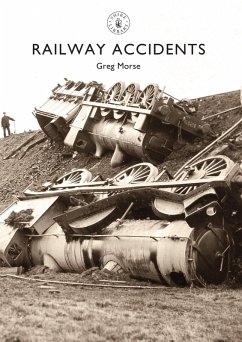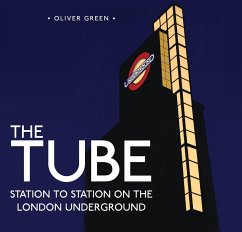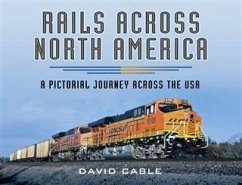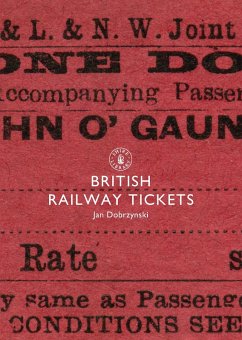
Railway Accidents (eBook, PDF)
Versandkostenfrei!
Sofort per Download lieferbar
5,99 €
inkl. MwSt.
Weitere Ausgaben:

PAYBACK Punkte
3 °P sammeln!
Britain's rail network is now among the safest in the world, but the journey that brought it to that point has been long and eventful. Early incidents like the felling of William Huskisson MP by Stephenson's Rocket (1830) showed how new ideas could bring new dangers; yet from disaster came new safety measures, and within fifty years better signalling and braking methods had been made mandatory. The twentieth century saw accident repeatedly lead to action and further advances in rolling stock, track design and train protection systems. Greg Morse charts these changes through the events that hel...
Britain's rail network is now among the safest in the world, but the journey that brought it to that point has been long and eventful. Early incidents like the felling of William Huskisson MP by Stephenson's Rocket (1830) showed how new ideas could bring new dangers; yet from disaster came new safety measures, and within fifty years better signalling and braking methods had been made mandatory. The twentieth century saw accident repeatedly lead to action and further advances in rolling stock, track design and train protection systems. Greg Morse charts these changes through the events that helped to prompt them, including the Armagh collision (1889) and the Harrow & Wealdstone disaster (1952). He ends with a railway approaching a new 'golden age' in the 1980s - yet with the tragedy at Clapham Junction (1988) offering a solemn reminder against complacency.













